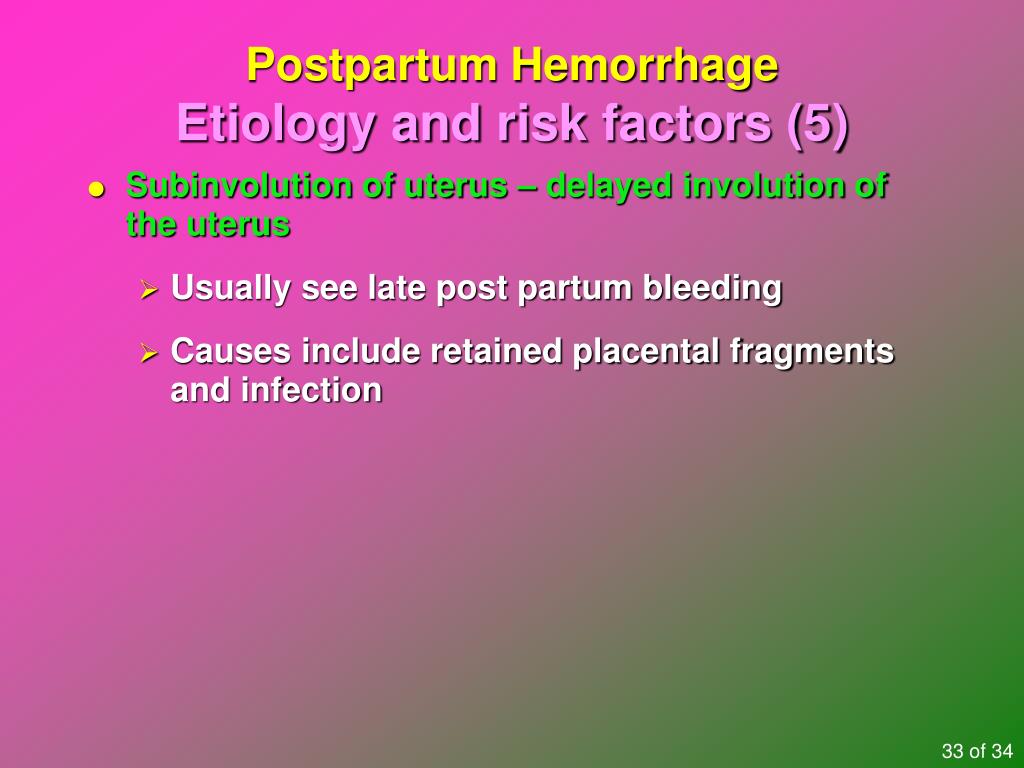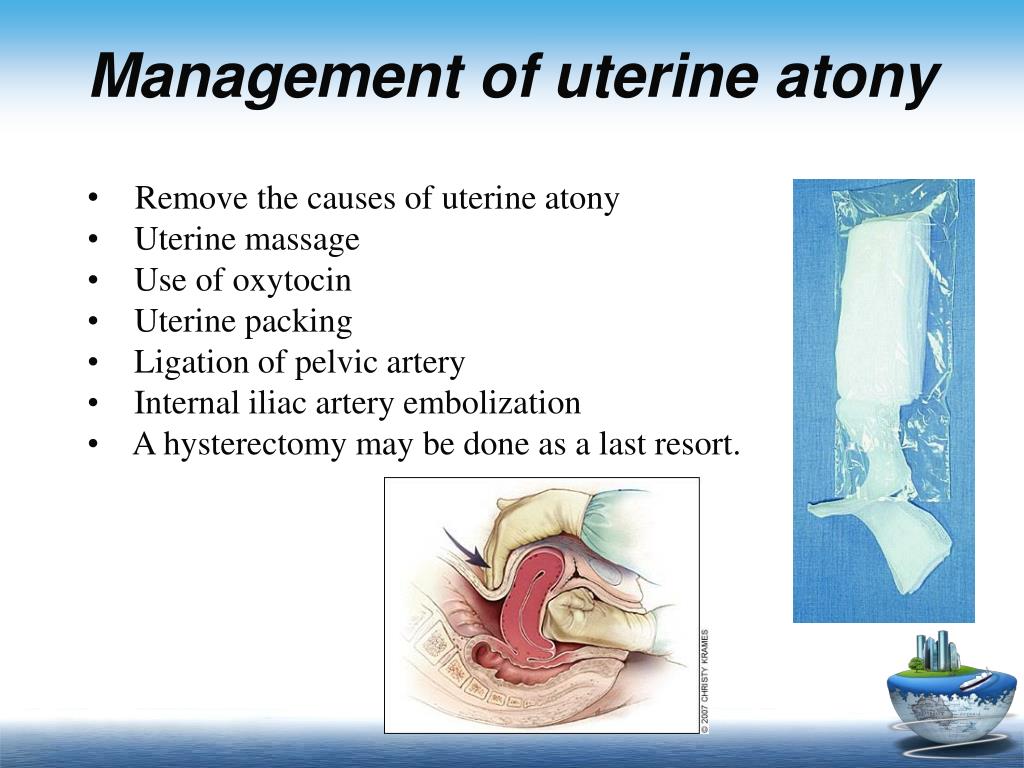
(Option 5) Anticoagulant therapy with heparin, not aspirin, is indicated for postpartum DVT/PE prevention in clients with additional risk factors (eg, history of DVT). Interventions to prevent postpartum thrombus formation include: Promoting early and frequent ambulation by ensuring adequate pain control (eg, administer analgesic 30 min before activity) (Option 1) Instructing the client to perform leg exercises (eg, dorsiflexion, plantar flexion) hourly (Option 3) Maintaining prescribed sequential compression devices during sedentary activities (Option 4) (Option 2) The nurse should have clients ambulate (with assistance) as soon as possible after surgery (ie, usually on the first postoperative day) if they are in stable condition and can support themselves while standing. The nurse should emphasize interventions that promote blood flow and venous return, especially for clients recovering from cesarean birth. In addition, blood hypercoagulability, a physiologic adaptation during pregnancy, also increases the risk of postpartum thrombus formation. Thrombus formation is associated with venous stasis (blood pooling), which may occur during or after surgery due to immobility. Maintain sequential compression devices on the lower extremities Deep venous thrombosis (DVT) describes the formation of a thrombus (blood clot) that impedes blood flow in a deep vein and may progress to life-threatening pulmonary embolism (PE). Instruct the client to perform leg exercises hourly while in bed 4. Administer analgesics as needed 30 minutes prior to ambulation 3. Narrow areas in the cord (normal cord has a relatively uniform diameter of 2.0 to 2.1. Thin cord and decreased amount of Wharton's jelly Measure cord length and include the fetal and maternal ends (normal length: about 40 to 70 cm) May be associated with otherwise unexplained fetal demise Multiple tiny white, gray or yellow nodules especially around the cord insertionĬommon and probably of no clinical significance Multiple tiny white, gray or yellow nodules (see Figure 5) Probably of no clinical significance, but may be associated with an increase in fetal malformations Inner membrane ring thinner than circumvallete placenta (see Figure 4) If large, may be associated with fetal hydropsĪbnormalities of the fetal placental surface If small, probably of no clinical significance Marginal hematoma: no clinical significance if the clot is small No clinical significance unless extensive, in which case there may be placental insufficiency with intrauterine growth retardation or other poor fetal outcomeĬlot, especially an adherent clot toward the center of the placenta, with distortion of placental shapeįresh clot located along the margin, with no distortion of placental shape Increased incidence of postpartum infection and hemorrhageĪbnormalities of the maternal placental surface and substance Probable retained placenta, with surgical removal required Multiple lobes (bilobate, bipartite, succenturiate, accessory) Placenta membranacea (rare condition in which the placenta is abnormally thin and spread out over a large area of the uterine wall associated with bleeding and poor fetal outcome) Possible placental insufficiency with intrauterine growth retardation Retained tissue is associated with postpartum hemorrhage and infection Probable retained placental tissue (e.g., in cases of retained succenturiate lobe of placenta) Velamentous vessels present (see Figure 6) Probable retained placental tissue (e.g., in cases of placenta accreta) No velamentous vessels vessels taper to periphery of placenta The placenta should be submitted for pathologic evaluation if an abnormality is detected or certain indications are present.


Numerous common and uncommon findings of the placenta, umbilical cord and membranes are associated with abnormal fetal development and perinatal morbidity.

Tissue may be retained because of abnormal lobation of the placenta or because of placenta accreta, placenta increta or placenta percreta. The color, luster and odor of the fetal membranes should be evaluated, and the membranes should be examined for the presence of large (velamentous) vessels. The umbilical cord should be assessed for length, insertion, number of vessels, thromboses, knots and the presence of Wharton's jelly. During the examination, the size, shape, consistency and completeness of the placenta should be determined, and the presence of accessory lobes, placental infarcts, hemorrhage, tumors and nodules should be noted. The findings of this assessment should be documented in the delivery records. A one-minute examination of the placenta performed in the delivery room provides information that may be important to the care of both mother and infant.


 0 kommentar(er)
0 kommentar(er)
